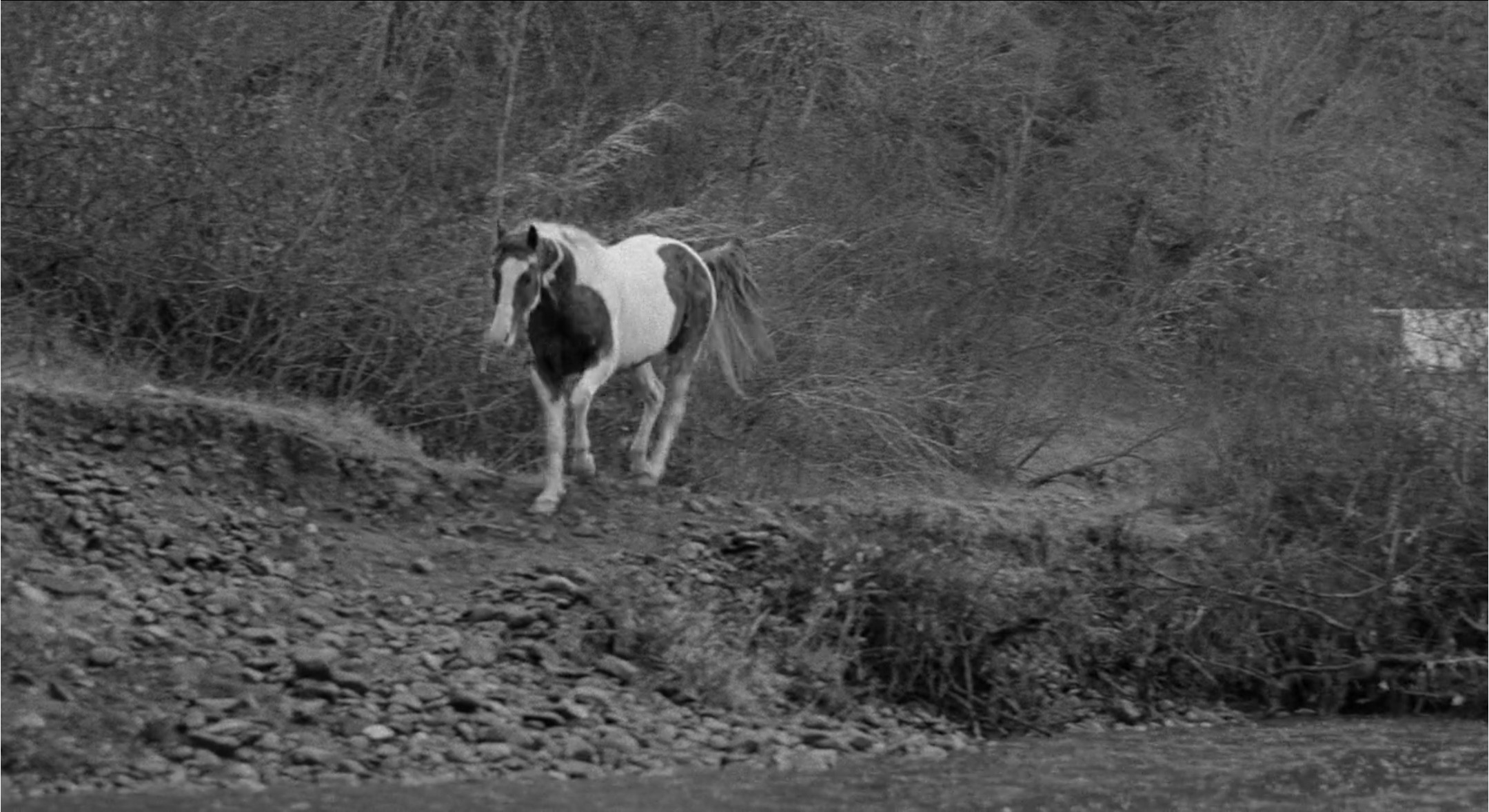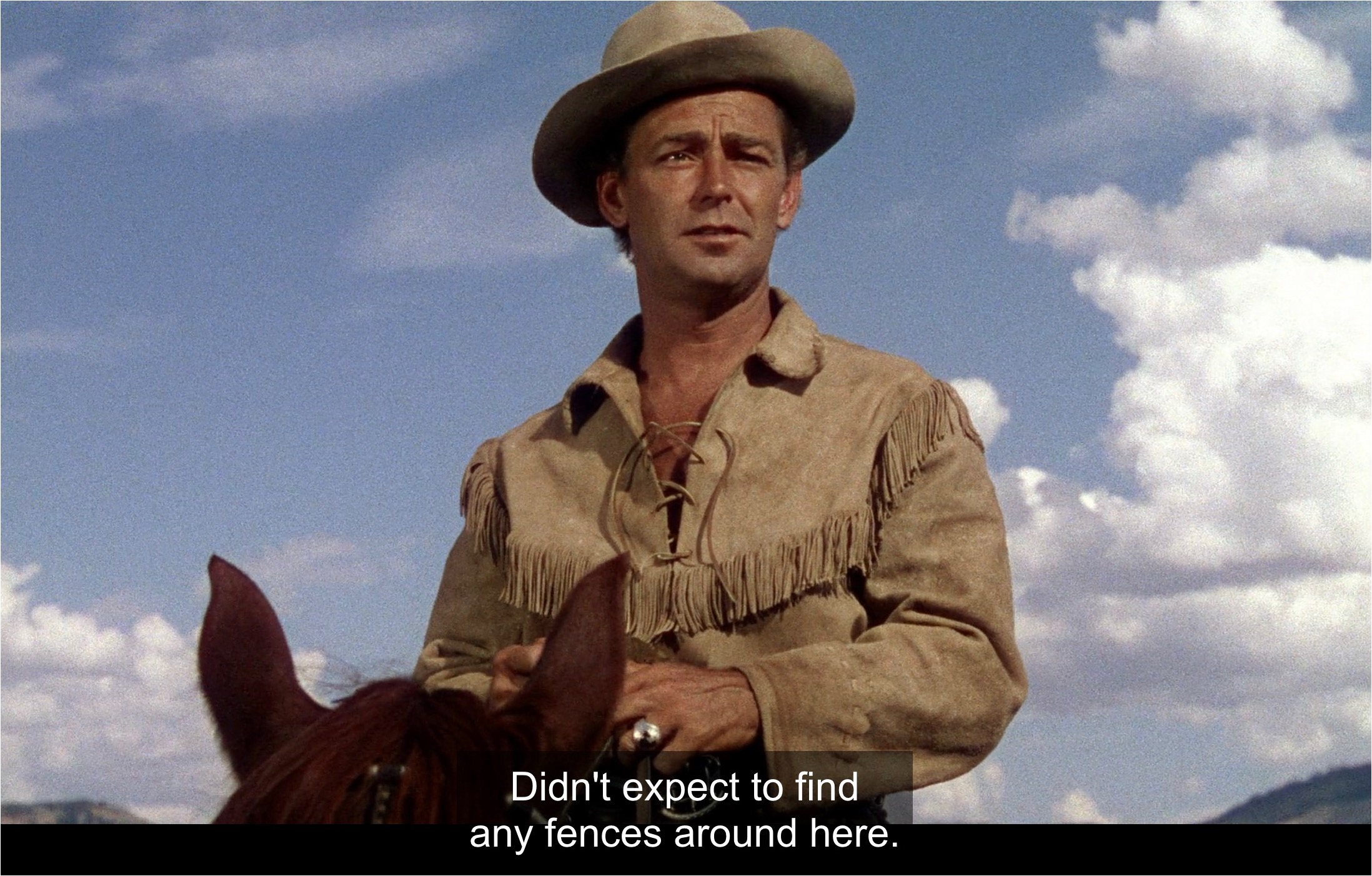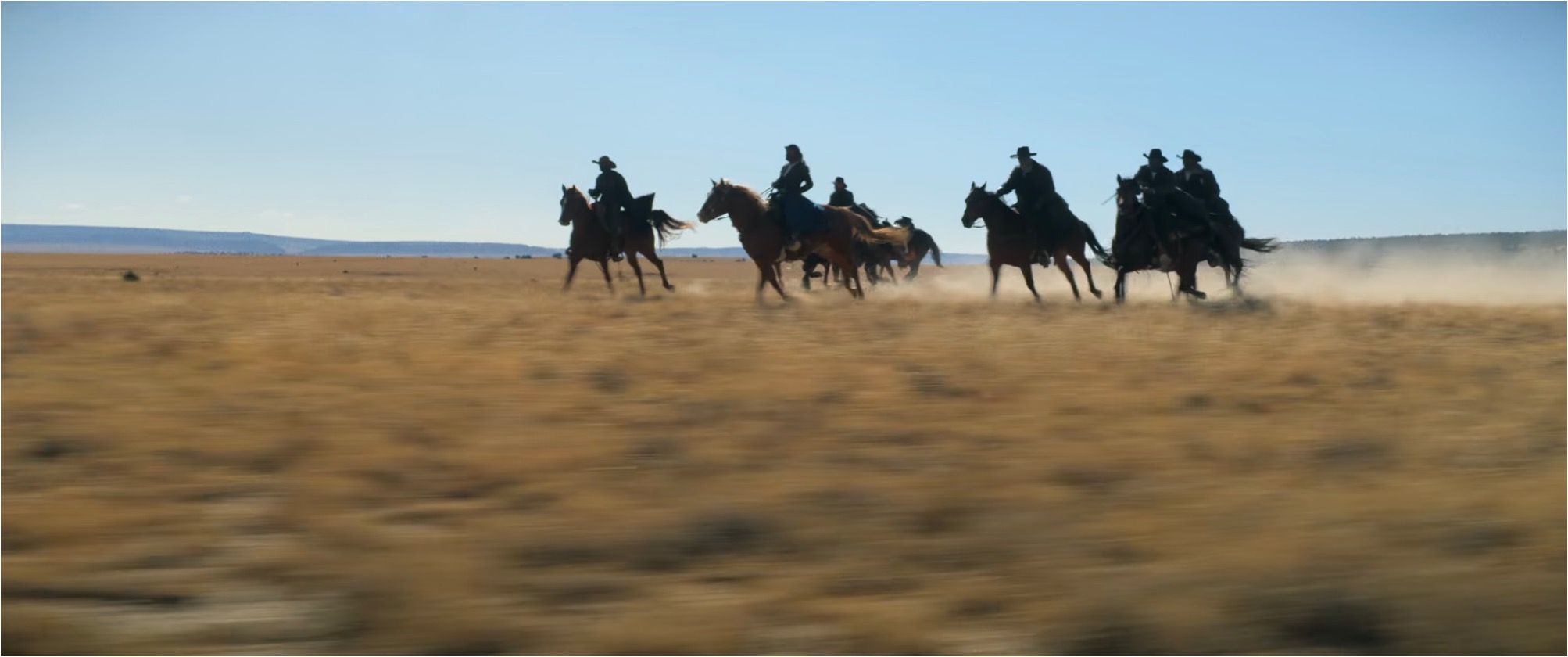Wild Horses

From Dead Man
The CODE-X series catalogs a vast codex of source codes (aka “signs”) extracted from past audits.
The object of study in semiotics is not the signs but rather a general theory of signification; the goal of each “audit” is to build a model demonstrating how meaning is produced and received within a category or cultural territory. Signs on their own, therefore, only become truly revelatory and useful once we’ve sorted them into thematic complexes, and the complexes into codes, and the codes into a meaning map. We call this process “thick description”; the Code-X series is thin description.

“WILD HORSES” NORM: Horses as a symbol of a wild creature that — though temporarily in harness — yearns to be free.

“WILD HORSES” FORMS: Inspiring depictions of horses who have escaped from bondage, or of wild horses who have never been tamed. Depictions of “breaking” horses as a metaphor for humankind’s dominion over nature, the cruelty of Western expansion, etc. Characters who commune with their horses are depicted as free/untamed themselves. PS: “Didn’t expect to find any fences around here.” — Shane’s first words in Shane. He arrives on horseback, like a wild creature — his transition to driving a wagon is symbolic of his (ultimately failed) attempt to join human society.
From a 2024 study of American West codes — as surfaced from movies, TV shows, and videogames. Semiovox collaborated with Ramona Lyons.

